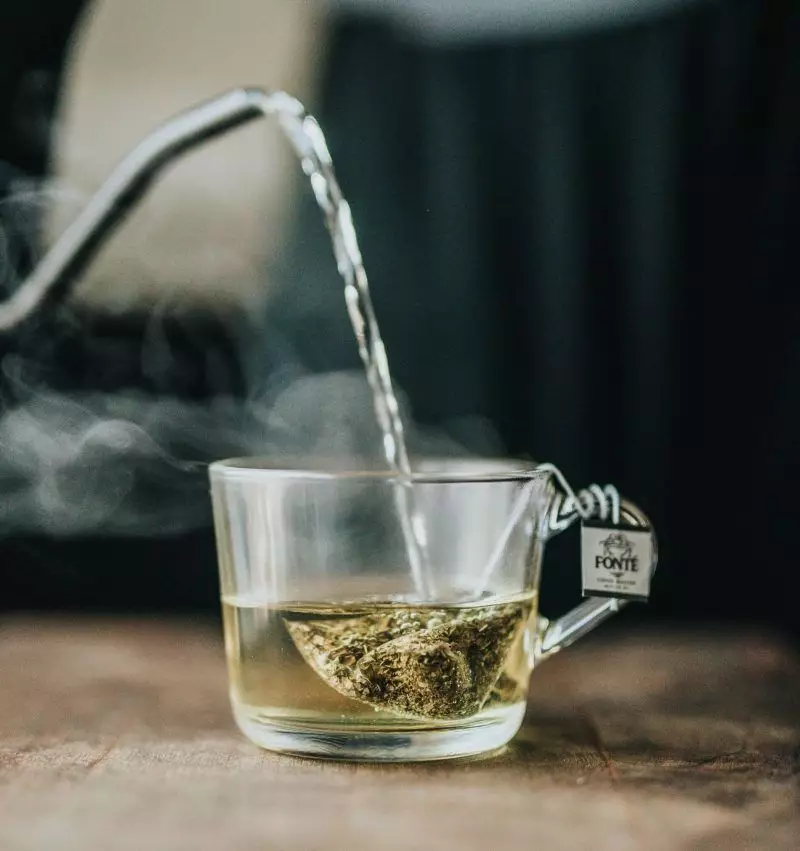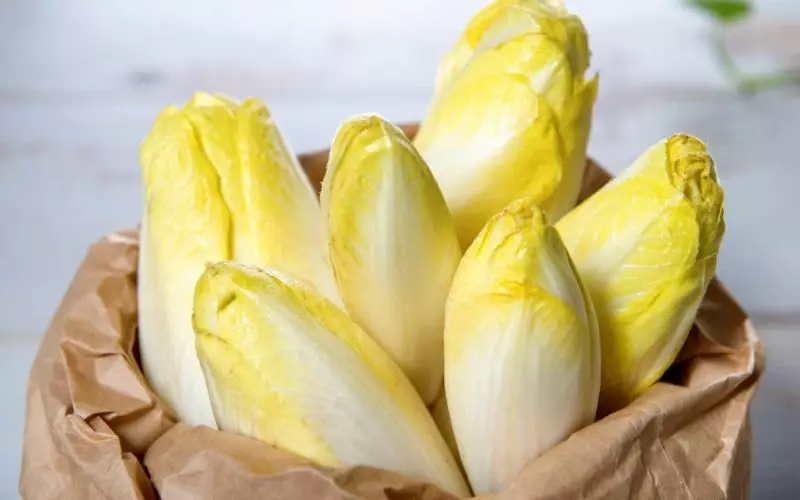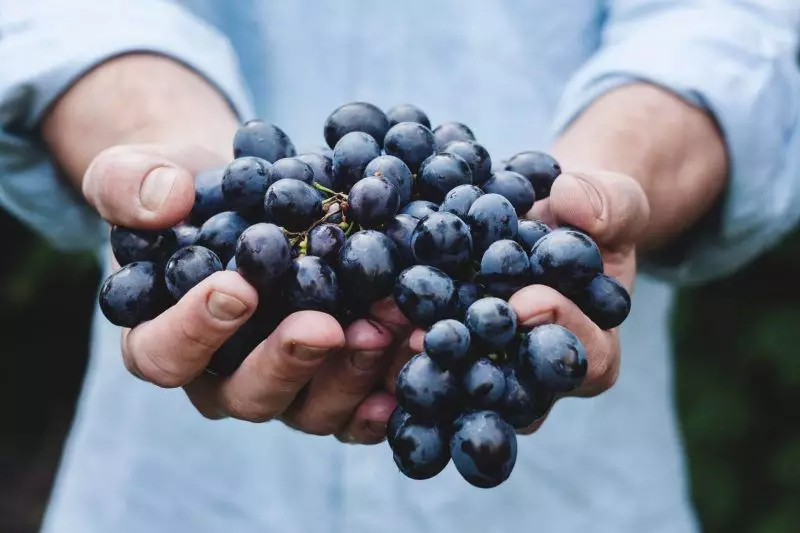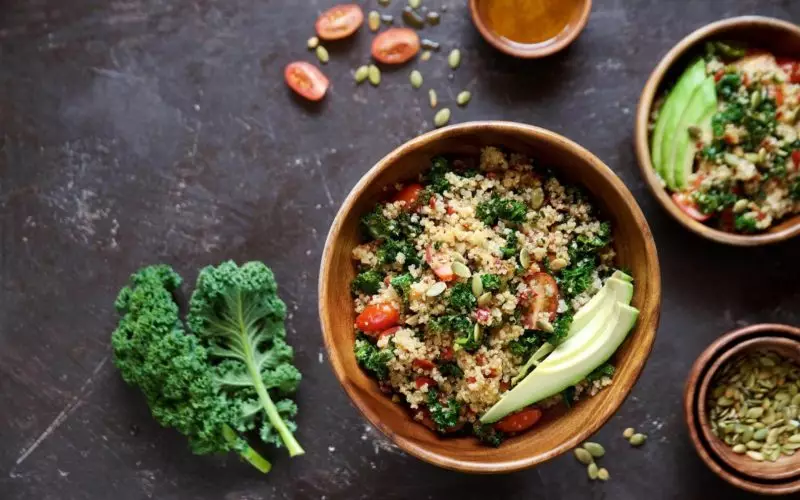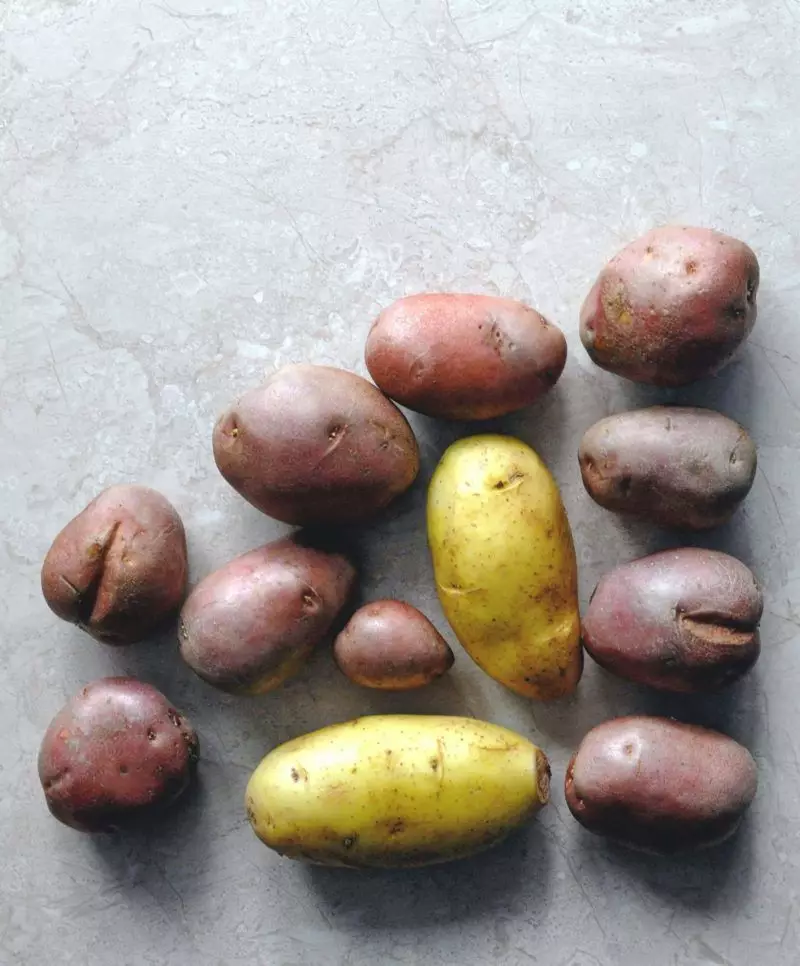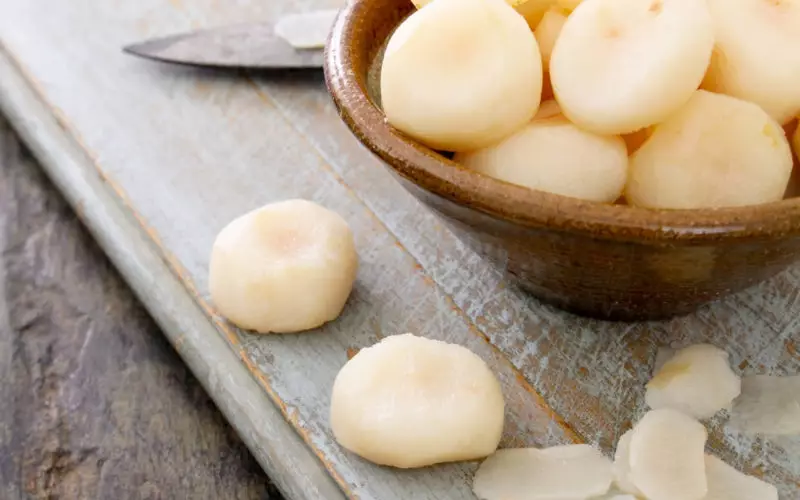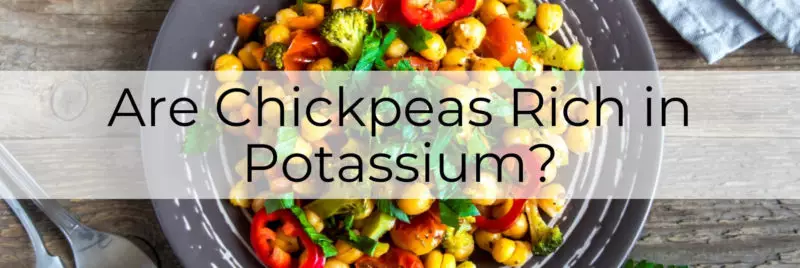
Chickpeas, also known as garbanzo beans, are legumes used in all types of dishes: hummus, stews, pasta, baked goods, etc. Even the canned chickpea water can be whipped and used as a vegan meringue. This makes chickpeas a very versatile food, which is also packed with fiber, vitamins, and minerals, including potassium.
In this article we look into the high and low-potassium diets, the importance of potassium for our health, the nutritional profile of chickpeas, and how to eat more of them.
Let’s dive in!
What is potassium?
Potassium is a mineral that is present in all body tissues and is required for normal cell functions, as it regulates the fluid volume inside the cells. The kidneys control how much potassium remains in the body and what amount is excreted. Typically, 90% of ingested potassium is absorbed and used, and the rest is excreted through the urine, sweat, and stools. [1]
Evidence suggests that eating enough potassium is associated with the following health benefits [2] [3]:
- Reduce high blood pressure in hypertension patients
- Reduced risk of incident stroke
- Reduced risk of heart disease (cardiovascular disease and coronary heart disease)
- Slow down kidney disease progression (in early stages of chronic kidney disease)
- Protect against age-related bone loss
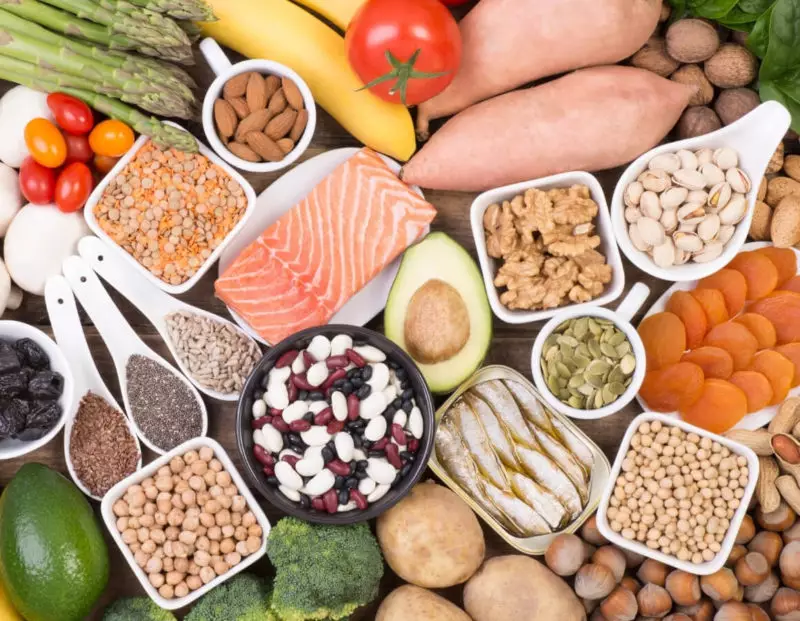
With that in mind, potassium deficiency may cause the following symptoms [4] :
- Fatigue
- Muscle cramps/weakness
- Constipation
- Very severe deficiency (hypokalemia) may cause muscle paralysis and irregular heart rate
Chickpeas nutrition
Besides, chickpeas are a good source of the following micronutrients and dietary compounds:
- Calcium
- Magnesium
- Phosphorous
- Zinc
- Selenium
- B-group vitamins
- Vitamin E
- Vitamin K
- Beta-carotene
- Oleic and linoleic acid
Due to the nutritional value and the abundance of micronutrients in chickpeas, regular chickpea consumption may have beneficial effect on the following health conditions [6] :
- Heart disease
- Type 2 diabetes
- Digestive diseases
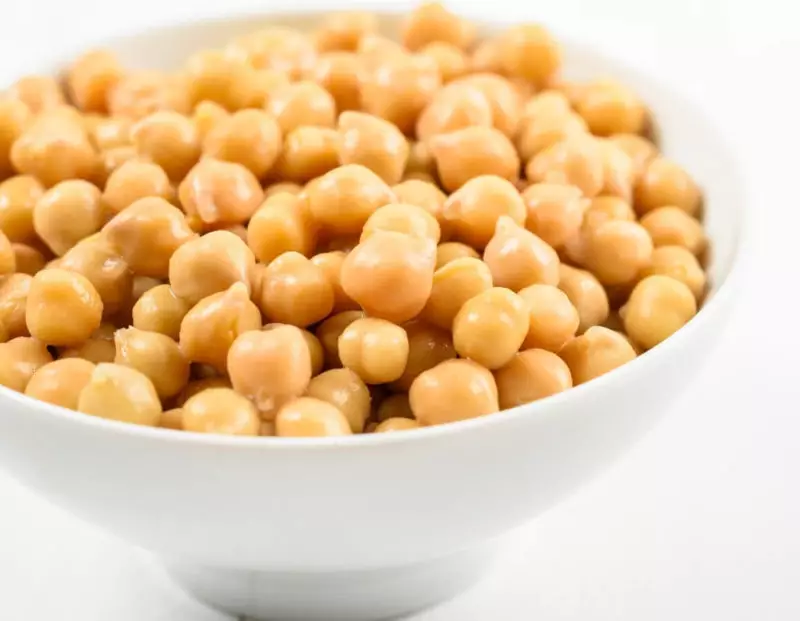
How much potassium is in chickpeas?
Potassium content in 100 grams of chickpeas may vary according to their type:
- Canned chickpeas: 240 mg potassium [7]
- Dried chickpeas: 289 mg potassium [8]
- Cooked (boiled) chickpeas: 168 mg potassium [9]
- Chickpea flour: 846 mg potassium [10]
This makes chickpeas a potassium-rich food. They can also be a great food option for a high-potassium diet.
How much potassium do I need?
However, some people need to eat less or more potassium than the average recommendation.
Who should eat high potassium foods?
If you don’t eat enough potassium, or are likely at risk of hypertension, hypokalemia, and kidney stones. The US National Institutes of Health suggest that the following individuals likely have poor potassium status and need to eat more potassium than the general recommendation [1]:
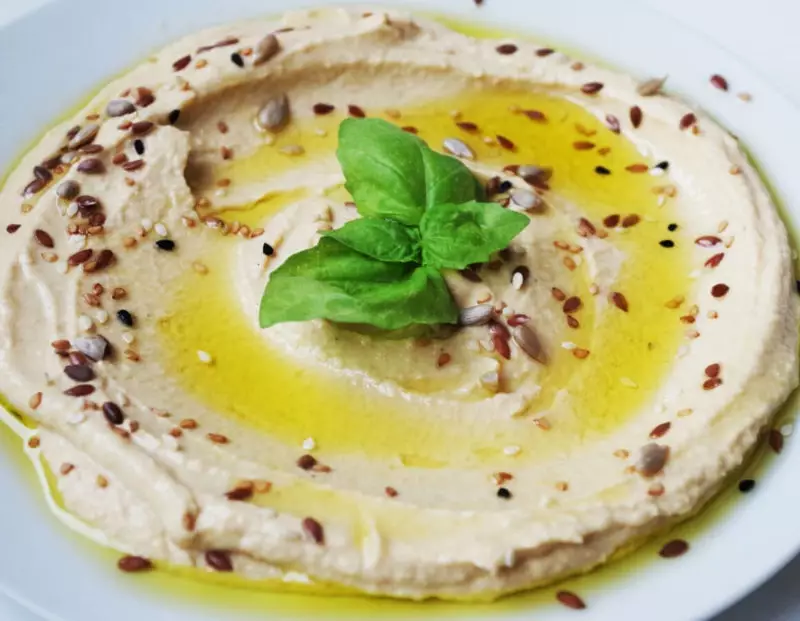
How to get more potassium in your diet?
The easiest way to get more potassium is to eat high potassium foods like chickpeas! Here is a list of other high-potassium foods [11] :
- Apricots
- Artichoke
- Bananas
- Potatoes
- Spinach
- Milk
- Lentils
- Beans and peas
- Broccoli
- Beets
- Fish and clams
- Raisins
- Tomatoes
How to eat more chickpeas?
As chickpeas are a very versatile food, you can include them in almost all of your favorite dishes. Here are some examples:
- Hummus
- Use chickpea flour for baked goods instead of, or in combination with regular flour.
- Baked chickpeas
- Chickpea pasta
- Chickpea stew/stir fry
Who should eat low potassium foods?
Some people need to stick to a low-potassium diet when their health condition requires it.

